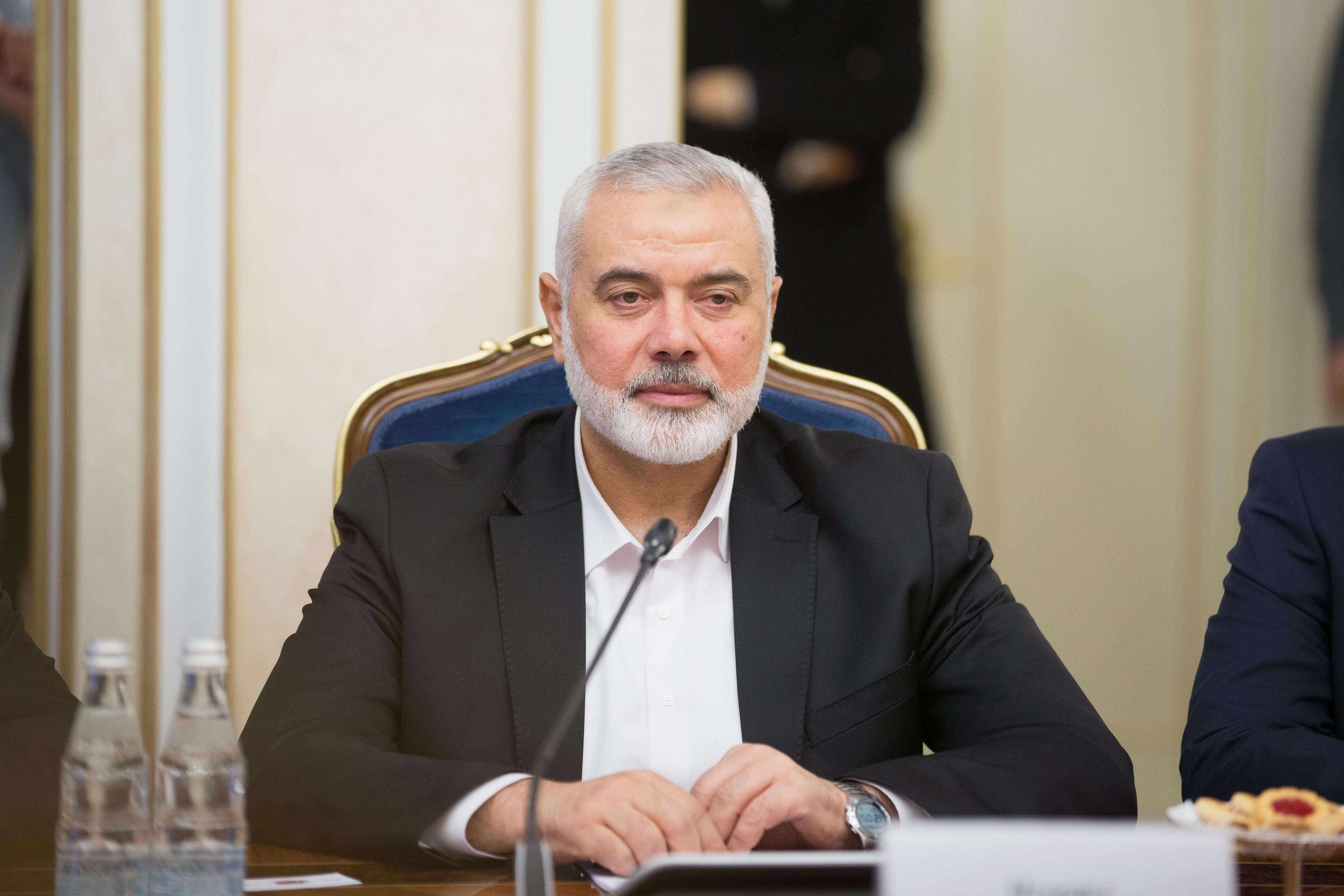Here is an outline of our Ismail Haniyeh Narrative Intelligence brief.

This Ismail Haniyeh narrative is driven by 92 sources in the Foreign Malign Influencers module, amplifying 383 narrative items.
This is the Ismail Haniyeh narrative, driven by 92 sources in Foreign Malign Influencers, amplifying 383 narrative items. Reviewing a number of the most relevant narrative items indicates that the coverage of Ismail Haniyeh's death varies significantly across different media sources. Sputnik presents the event with a sense of mourning and condemnation towards Israel, framing it as a targeted action against a key figure in Palestinian leadership. In contrast, Newzroom Afrika provides a more neutral account, emphasizing Haniyeh's background without diving deeply into emotional language or bias. Meanwhile, MEHR News Agency depicts the incident with emotionally charged phrases, calling Haniyeh "martyred" and emphasizing his role as a leader in opposition to the "Zionist regime," demonstrating clear bias towards a pro-Palestinian perspective. RT English also adopts a strong anti-Israel stance, underlining the assassination while noting global reactions. In comparison, Yemen Press and Hawzah News Agency both present the assassination within a narrative of aggression from Israel, further highlighting Israeli actions as treacherous. The coverage from Dawn.com acknowledges the geopolitical implications, discussing international reactions, while News Intervention vividly frames the incident as an escalation in a long-standing conflict, citing previous casualties to elicit a sense of urgency. Overall, the language employed—ranging from neutral to hyperbolic—reveals varying degrees of bias, significantly impacting how the events are perceived by audiences.
The assassination of Ismail Haniyeh, the Hamas politburo chief, underscores the complex interplay of demographics, politics, and security in the Middle East. Haniyeh, born in Gaza's Shati refugee camp, represents a significant segment of the Palestinian population that has faced decades of conflict, displacement, and socio-economic challenges. The Gaza Strip, home to over two million people, is characterized by high population density, limited resources, and a struggling economy, exacerbated by blockades and recurrent military confrontations.
Hamas, which emerged during the First Intifada in 1987, has been a dominant political and military force in Palestinian territories, particularly after its electoral victory in 2006. The group's governance has been marked by internal divisions, particularly with the Palestinian Authority, and external pressures from Israel and other nations. Haniyeh's leadership was pivotal in shaping Hamas's resistance strategy against Israel, which has led to significant military confrontations and high civilian casualties, further complicating the humanitarian situation.
Geographically, Iran's support for Hamas highlights the broader regional dynamics, where alliances are often formed based on shared ideological and strategic interests. The assassination in Tehran, following Haniyeh's attendance at a presidential inauguration, signals a potential escalation in Israeli operations against perceived threats, raising concerns about retaliatory actions from Hamas and its allies.
The geopolitical ramifications of Haniyeh's death could further destabilize an already volatile region, prompting responses from various state and non-state actors. The incident has drawn international condemnation and could lead to increased tensions, particularly as the Middle East grapples with ongoing conflicts and shifting power dynamics.
Our Kudzu Narrative Intelligence brief auto-updates every few hours with fresh analysis:
Note: Kudzu Narrative Intelligence briefs update every few hours. Very likely, the Narrative Analysis above will have changed as well.
Image Credit for Article Header: Wikimedia Commons